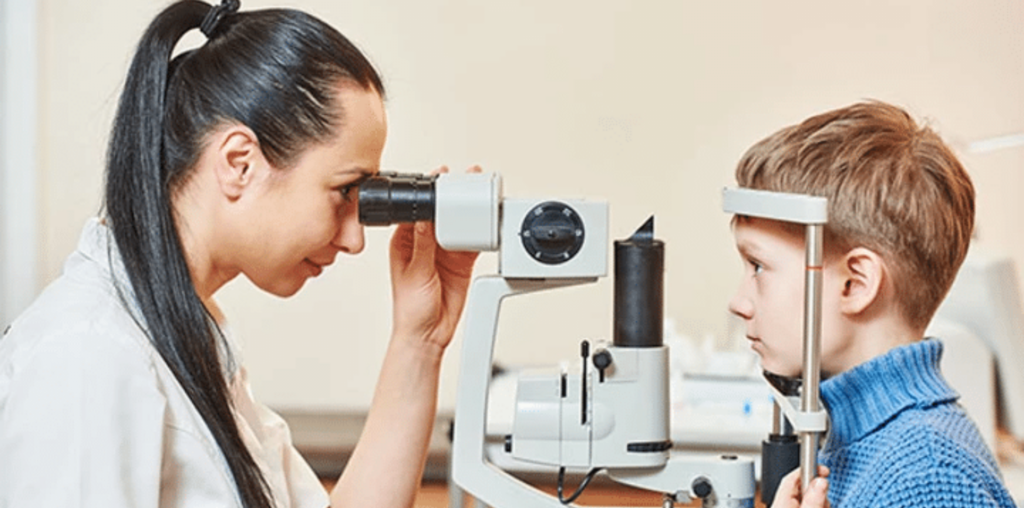Assessment of neurological function on a regular basis is based on the seemingly straightforward task of pupil evaluation in a patient. But traditional pupil assessment is subjective, and it is based on visual perceptions of the examiner that are not always accurate. Along with the advancements in healthcare technology, there are more accurate methods available. For instance, the Neurological Pupil Index (NPi) pupillometer, which provides objective and quantifiable results. In this blog, we will try to compare NPi with traditional pupil examination to determine which is more precise and why.
Traditional Pupil Assessments: Limitations and Challenges
Previously, pupil assessments were done manually under the pen light with the use of visual perception. Although it is standard practice, it has numerous drawbacks:
- Subjectivity: Traditional pupil testing is subjective, depending mostly on the examiner’s observation and judgment. This introduces the likelihood of prejudice and subjectivity, and standardized testing becomes difficult to attain.
- Limited Accuracy: The human eye is poor at detecting small variations in pupil size or reaction time. Small but clinically significant differences can be missed, potentially resulting in delayed significant interventions.
- Inter-Observer Variability: Even among skilled clinicians, interpretations of pupil responses can differ. It creates unequal outcomes, and with that, it becomes challenging to monitor patient improvement satisfactorily.
- Shortage of Quantifiable Information: In the absence of quantifiable information, pupil response is not objectively quantifiable over time or across practitioners. Ineffective communication and intelligent decision-making are undermined by a shortage of quantifiable information.
The Neurological Pupil Index (NPi): A Game-Changer in Neuro Assessments
The Neurological Pupil Index (NPi), as quantified by the application of the NPi pupillometer, is a normed, objective measurement for pupil reactivity testing. In contrast to conventional tests, the NPi yields a numerical score of 0 to 5, allowing for greater specificity in neurologic testing.
How the NPi Works
- The NPi pupillometer employs sophisticated infrared technology to record precise values of critical pupil parameters including percent change in pupil size, latency (pupil response latency), constriction velocity (how fast the pupil constricts), and dilation (how fast it dilates).
- The tool automatically calculates the NPi, an additive score ranging from 0 to 5. Automatic calculation of the score reduces errors caused by variation in examiners and clinical site settings.
- By delivering objective, quantifiable data, the NPi eliminates observer bias, rendering neurological evaluations more reproducible, time-comparable, and reliable.
Comparing NPi and Traditional Assessment
| Feature | Neurological Pupil Index (NPi) | Traditional Pupil Assessment |
| Accuracy | Objective, precise measurements | Subjective, prone to errors |
| Reproducibility | Standardized across users | Varies between clinicians |
| Data Quantification | Provides numerical scores (0-5) | No numerical value |
| Detection Sensitivity | Detects subtle neurological shifts | Limited to gross changes |
| Automation | Fully automated, reducing errors | Manual, requires expertise |
Clinical Advantages of NPi Over Traditional Methods
- Earlier detection of neurological deterioration: The sensitivity of the NPi pupillometer allows it to react to slight variations in pupil response before they become clinically evident. Such slight signs might prove to be important to the detection of early evidence of brain injury, increased intracranial pressure, or other deteriorating neurological conditions.
- Consistency Between Examiners: Since the NPi is an objective, quantitative measure, it completely eliminates the subjective differences of the standard method. Consistency between different examiners provides standardized measurements and enhanced patient monitoring irrespective of the person performing the assessment.
- Improved Patient Outcomes: The timely and accurate information that the NPi offers allows clinicians to make informed decisions about patient care. Faster interventions, based on objective data, can lead to better patient outcomes.
- More research and data analysis: Quantitative data generated by the NPi pupillometer offers potential for new forms of analysis and research. They enable researchers to analyze trends, create predictive models of neurological dysfunction, and set neurological standards for care based on objective evidence.
Conclusion
The Neurological Pupil Index (NPi) provides a definite improvement over standard pupil examinations in its provision of objective, reliable, and extremely accurate information. With the constantly evolving healthcare industry, dependence on outdated methods no longer considered state-of-the-art can mean failure to detect significant early signs of neurological decline. With the advanced neurological tool of the NPi pupillometer, healthcare providers can provide better patient outcomes and a higher level of neurological vigilance.
To find out more about how the NPi pupillometer is transforming neuro exams, visit NeurOptics.



